3 Ways to Transform Your Network with SD-WAN, SASE, and SSE

As companies increasingly conduct business in the cloud, traditional network architecture is no longer sufficient to secure networks. This shift introduces a range of security risks, such as employees using personal devices to access unsecured links beyond the corporate perimeter that once kept data safe.
For CIOs and IT management teams, the solution to these challenges lies in Secure Access Service Edge, or “SASE.” SASE brings networking and security together by combining SD-WAN with cloud-delivered security features like Secure Service Edge (SSE), which includes Zero Trust Network Access (ZTNA), Cloud Access Security Broker (CASB), Secure Web Gateway (SWG), and Firewall as a Service (FWaaS). While every company’s approach is unique, we’ve identified three common use cases to help you think about your strategy for implementing SD-WAN, SSE, and SASE.
1. Modernization Through SD-WAN
In traditional network architecture, MPLS (Multi-Protocol Label Switching) is often used to securely connect branch offices to headquarters. However, MPLS requires cloud traffic to be backhauled to the data center for security inspection, which increases latency and negatively impacts application performance. Additionally, the time required to add traditional MPLS lines can take months, can be costly and delay the opening of new branch offices. Moreover, MPLS networks are not inherently secure, requiring additional measures for comprehensive protection.
Wide-area networks (WANs) are evolving to meet the needs of today’s cloud-driven business landscape, where future connectivity is shifting to private cloud environments rather than specific sites, firewalls, or VPN appliances. SD-WAN, a key component of SASE, offers a solution by replacing legacy network components like routers and traditional firewalls with next-generation firewall, routing, and WAN optimization capabilities.
SD-WAN enables centralized policy definitions and zero-touch provisioning, automatically sending configurations to branch offices. Its next-generation firewall capabilities help secure IoT devices by segmenting based on role and identity. SD-WAN is the crucial first step in modernizing an organization’s network architecture. The simplification of the WAN structure improves operations while significantly reducing costs. The enhanced visibility and control provided by SD-WAN are especially important in a SASE framework.
2. Replacing VPNs
Virtual Private Networks (VPNs) offer secure, encrypted connections for remote employees, helping organizations comply with data protection regulations and serving as a cost-effective alternative to private lines. However, one major drawback of VPNs is that they provide unlimited access to a company’s network once a user is authenticated, lacking granular access controls. VPN users typically “VPN in” to a specific site, creating an open, encrypted tunnel to the network, which relies on the WAN for site-to-site communication.
Zero Trust Network Access (ZTNA), a key component of SASE, offers a more secure alternative. Based on the principle of “never trust, always verify,” ZTNA limits access to only the resources needed by each user. Remote workers using SASE have cloud-to-anywhere connectivity with multi-point security, ensuring secure interactions across the internet and within the organization. ZTNA operates through a geographically distributed network of 80-120 points-of-presence (PoPs) with quality of experience (QoE) and quality of service (QoS) backhaul, delivering superior performance compared to traditional VPNs.
ZTNA also centralizes access policies, making them easier to manage and update in real-time. Once ZTNA is in place, additional SASE components like SSE, CASB, and SWG can be implemented to further enhance security.
3. Protecting SaaS ApplicationsSimplified Management
The rise of cloud services requires organizations to proactively monitor and secure data in transit to prevent potential breaches. As sensitive data increasingly moves through unsecured links and is hosted outside the traditional enterprise perimeter, robust security measures are essential. Firewalls, which only inspect a fraction of encrypted HTTPS traffic, are insufficient to address modern security threats. While firewalls block unauthorized access, SASE goes further by preventing malware from infiltrating seemingly safe environments.
SASE addresses this by eliminating the traditional “safe zone” inside a firewall. With internal and external threats, endpoint protection is vital. CASB and SWG, both components of SASE, provide visibility and control over cloud services, identifying security risks and policy violations. These tools also ensure employees can access the internet securely, reducing the risk of malware exposure.
AireSpring’s Managed SD-WAN and SASE solutions are ideal for multi-location enterprises seeking to modernize and secure their network architecture. Our solutions support enterprises with remote operations by directing web traffic to the cloud and replacing legacy routers and firewalls with a centralized platform. We offer Cato Networks’ SASE Cloud Platform, a leading solution with multi-location network and security capabilities, as well as VMware VeloCloud SD-WAN, Fortinet Secure SD-WAN, and Cisco Meraki Secure SD-WAN. AireSpring’s managed solutions include access to AIreCONTROL, our AI-powered IT Service Management (ITSM) platform, offering 360-degree visibility and control across all processes, devices, circuits, and data points. Additionally, our solutions provide access to AIrePOD Tier 3 Engineering support.
















